Snails have a crazy sleep schedule.
Snails are all over the map when it comes to sleep. We’ll define them as manic. They may nap for several hours, then stay awake for sessions of 30 hours or more. On the flip side, they have crazy hibernation periods. They can snooze for periods of up to three years, a survival instinct for when they feel the need to self-preserve.
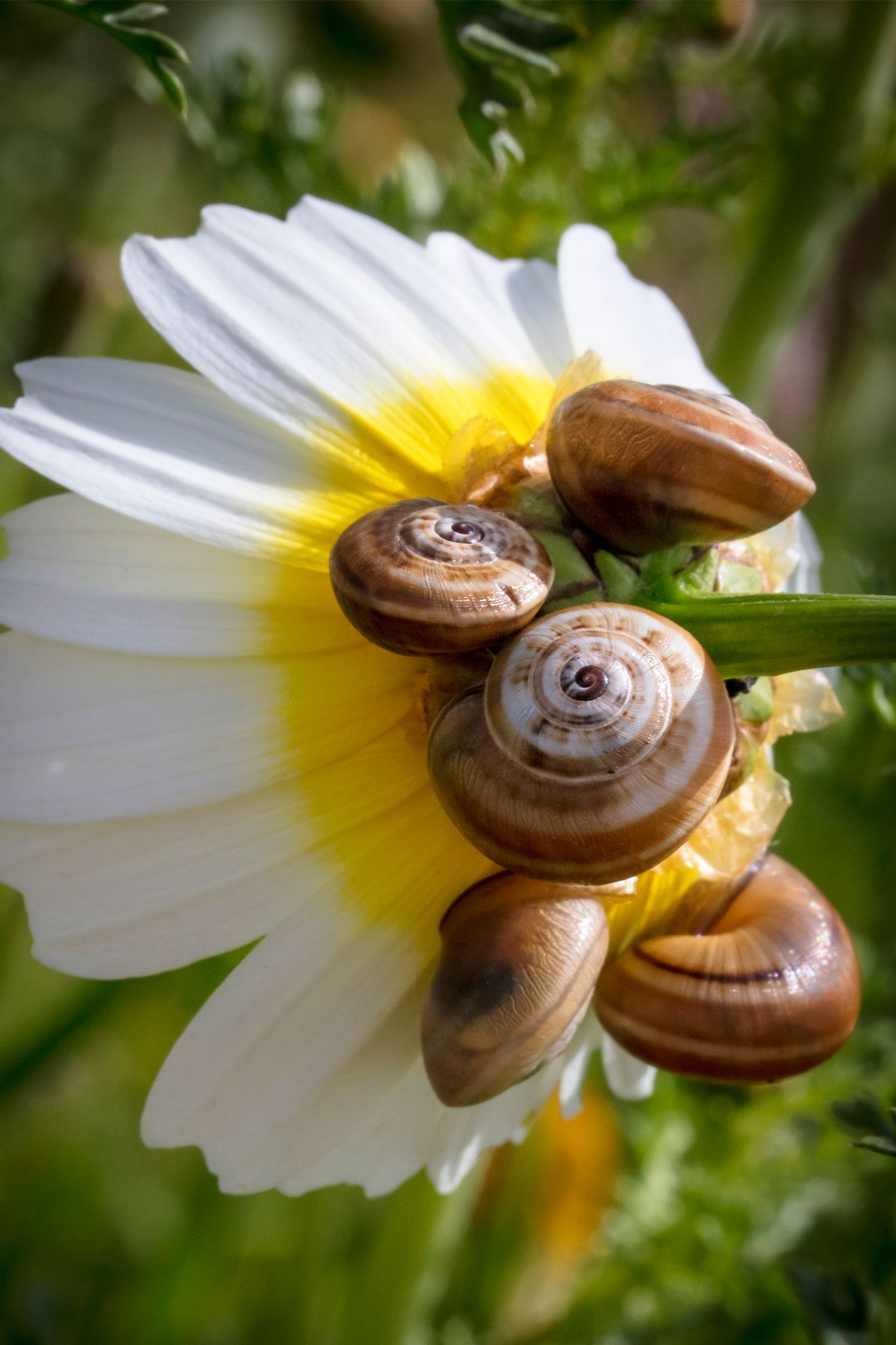


Owls can twist their heads 270 degrees.
These birds have the insane ability to swivel their heads in almost full circle thanks to their flexibility, and the fact that their heads are only connected by one socket pivot. Researchers at Johns Hopkins also found that owls have backup arteries, so when they turn their heads at extreme angles, they’re still getting blood and nutrients when their blood vessels are cut off during turning.
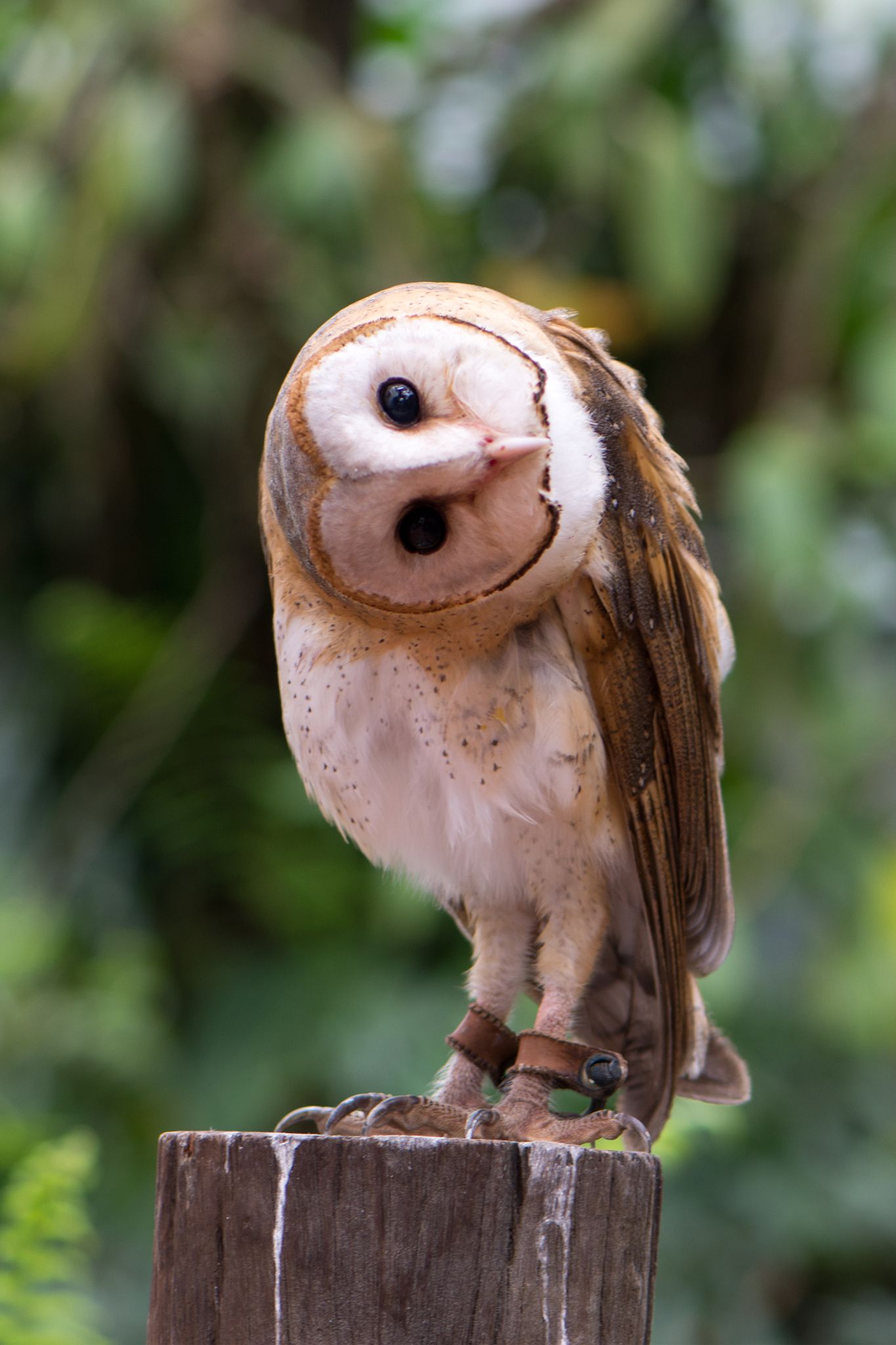






it secretes a mucus cocoon and burrows itself up to 9 inches under the soil, where it gets air with its lung through a built-in breathing tube that leads to the surface. It then relies on rainwater to breathe.
African Lungfish can survive out of water for a year.
When the African Lungfish feels it’s in a life-threatening situation,
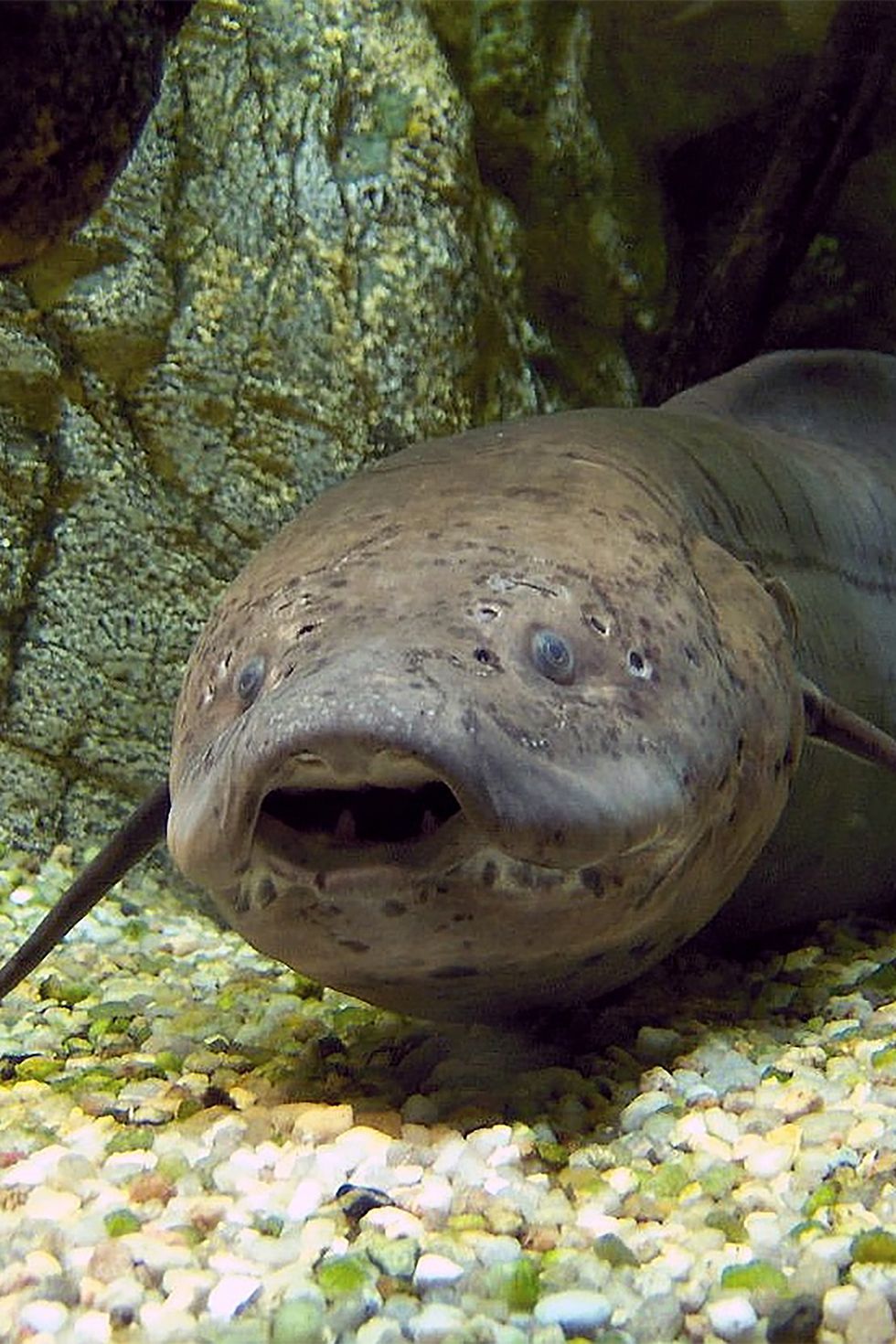
Electric eels can transmit a shock between 600 and 800 volts.
That’s enough electricity to kill a horse. And while it might not be enough to kill you instantly, it’s enough to knock you out and leave you to drown/ Another nasty note: If you’re shocked by one, it burns your skin.
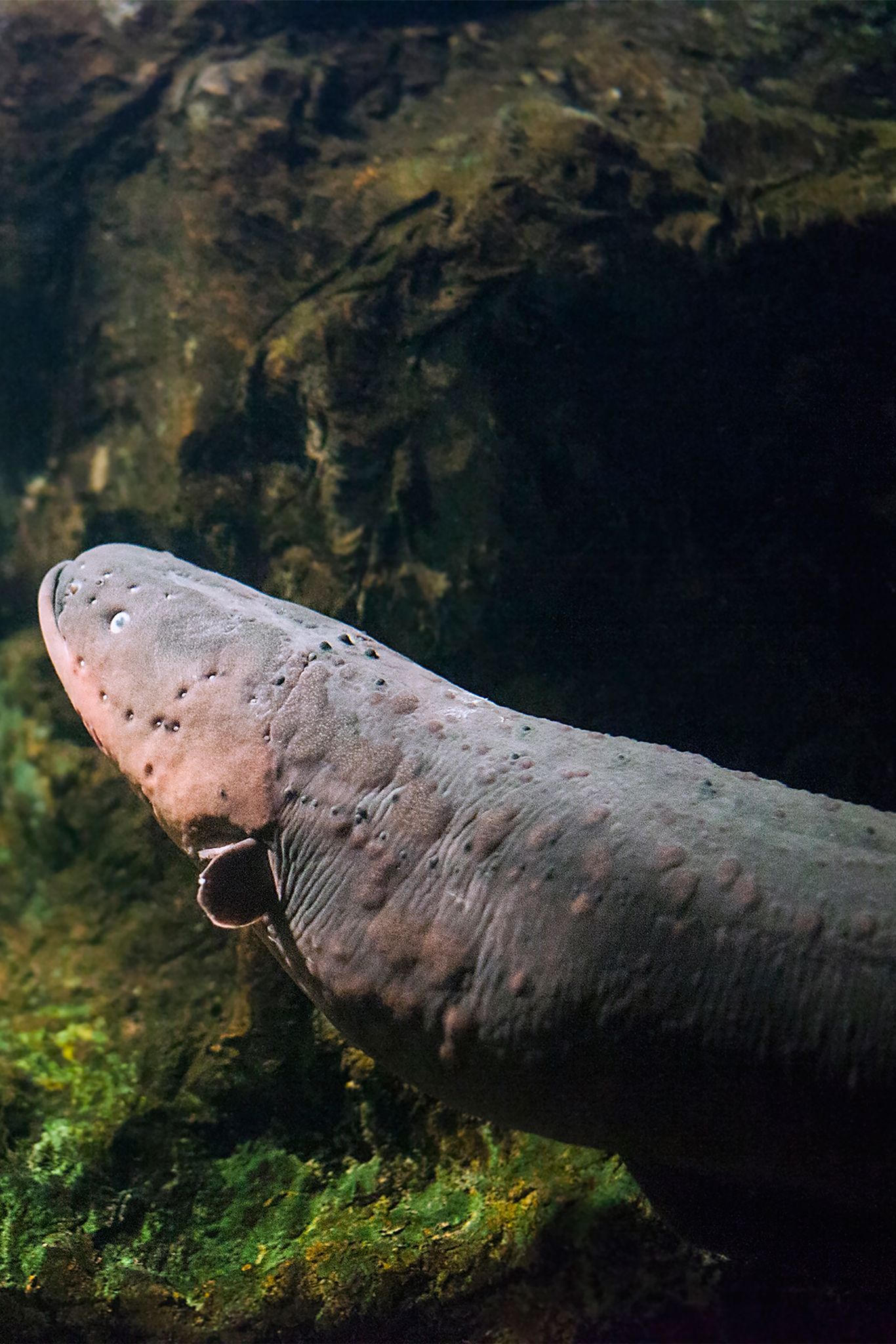
Stonefish are the most poisonous fish in the world.
The stonefish produces intense vasoconstriction. If you’re stung by one, it can cause shock, paralysis, malaise, nausea and vomiting, sweating, delirium, pyrexia, cardiogenic shock, respiratory distress, and even death if it’s not treated within a few hours by anti-venom. If you do survive, the symptoms can last a long time, from days to weeks, and full recovery may take many months.
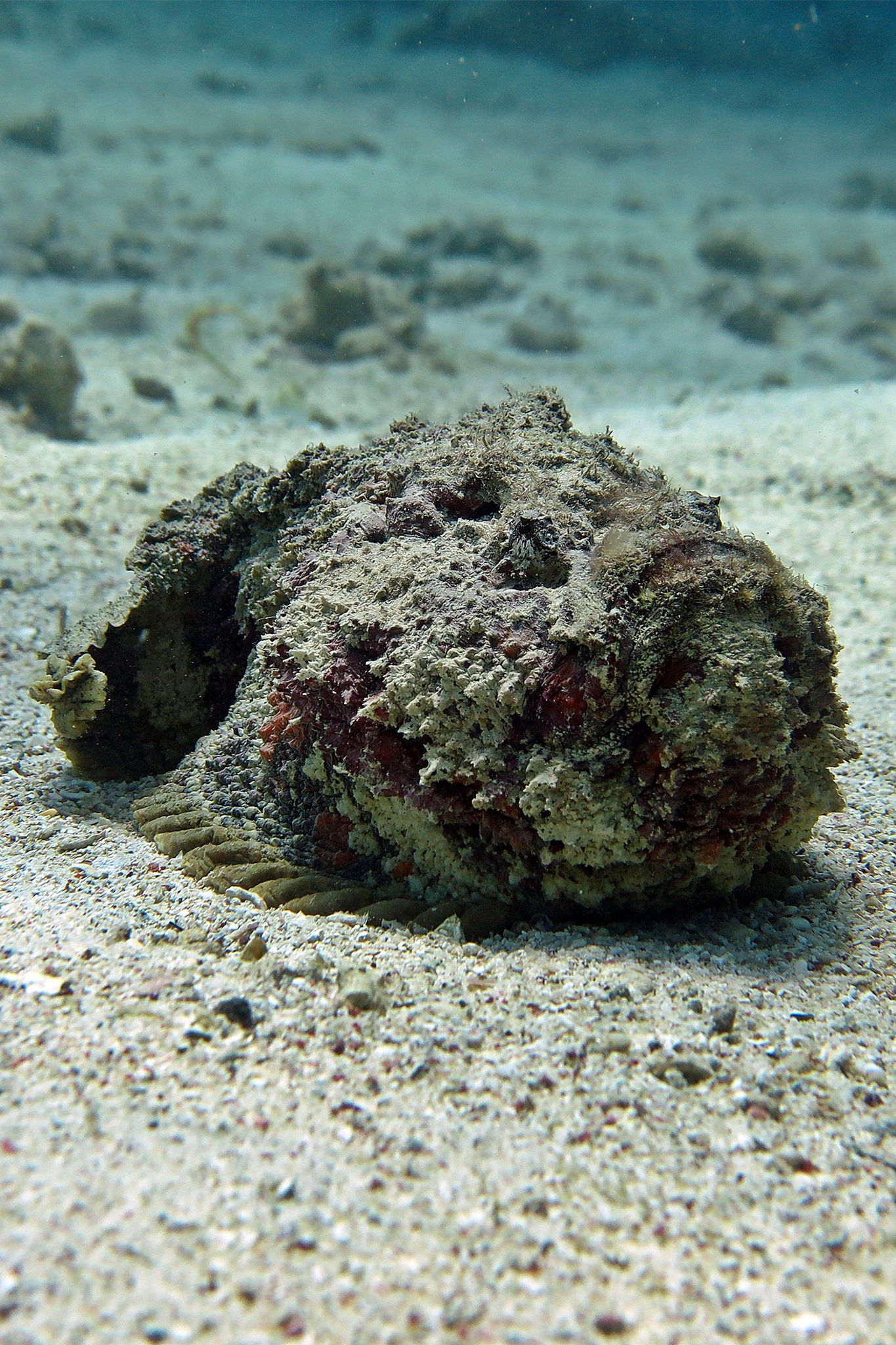


Whale Sharks use their 4,000 teeth … to eat veggies.
At over 25 tons, the whale shark is the second largest fish in the world, and yet it’s fueled mostly by plankton, plants, and algae. It has over 4,000 teeth, but it’s a filter feeder. It collects food through a technique called “cross-flow filtration,” similar to some bony fish and baleen whales.









Kangaroos can jump crazy far.
Kangaroos can jump over 27 feet in one bound. They can accomplish this thanks to having small front legs and a long, strong tail that helps keep them balanced while jumping.

Mosquitoes are the deadliest insects on the planet.
They may be small, but they cause millions of deaths a year around the world, according to the World Health Organization. This is because mosquitoes carry and transmit a number of viruses and diseases, from malaria to dengue to yellow fever. In 2015 alone, there were 438,000 deaths from malaria.
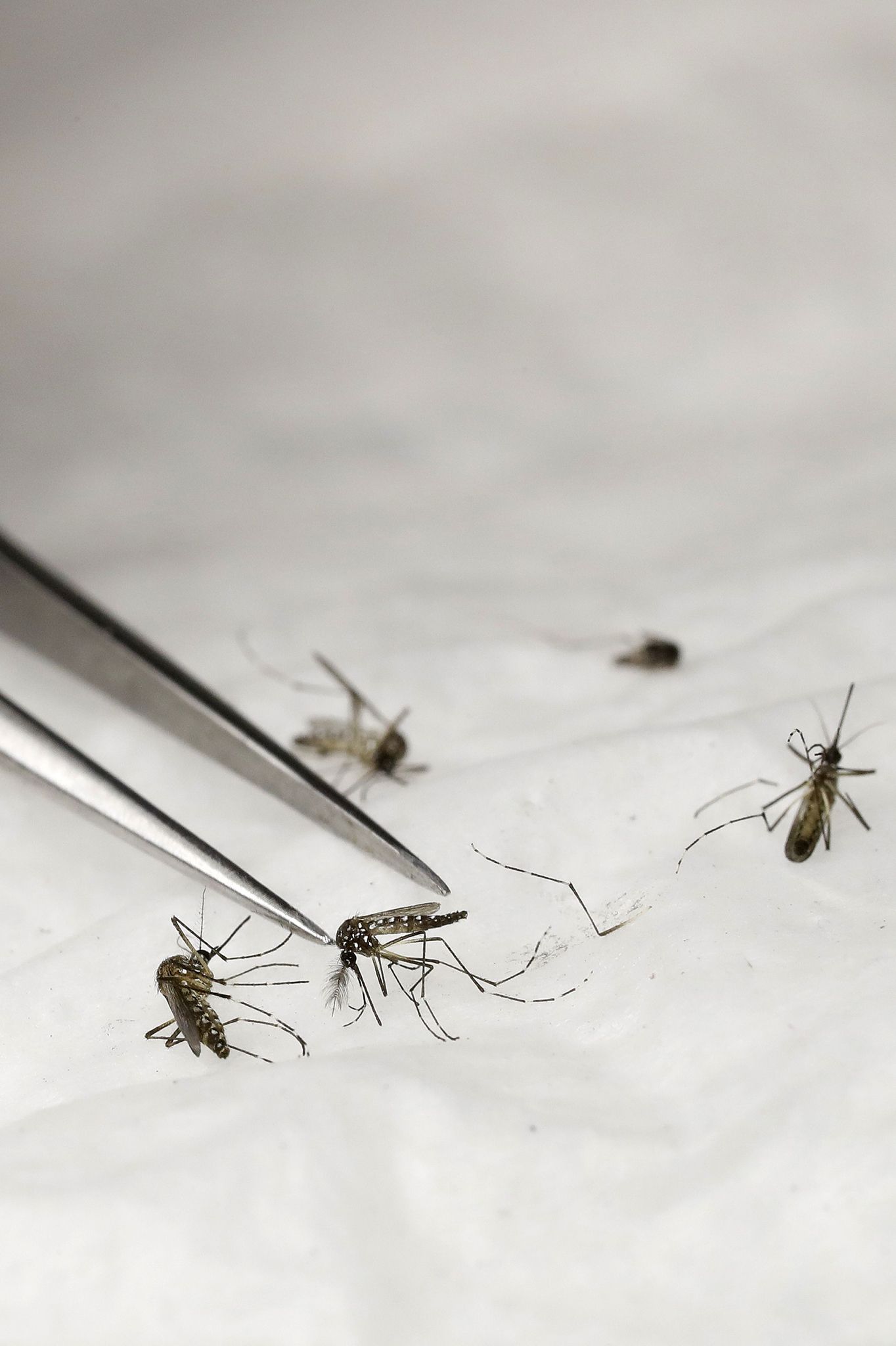
Black Mambas have super snake speed.
The Black Mamba slithers up to 12.5 miles per hour, but hopefully you can run faster. If it catches you, you have 20 minutes to find some anti-venom—or else you’re toast. The snake is responsible for an estimated 20,000 deaths each year.

Mountain Stone Wetas freeze, but remain alive.
This insect native to New Zealand freezes itself for several months, and then thaws itself. It’s the world’s largest freeze-tolerant insect, and withstands freezing 80 percent of its body tissues. It does this to survive drastic temperature changes thanks to a protein that prevents the formation of ice crystals in its blood-like fluid.
